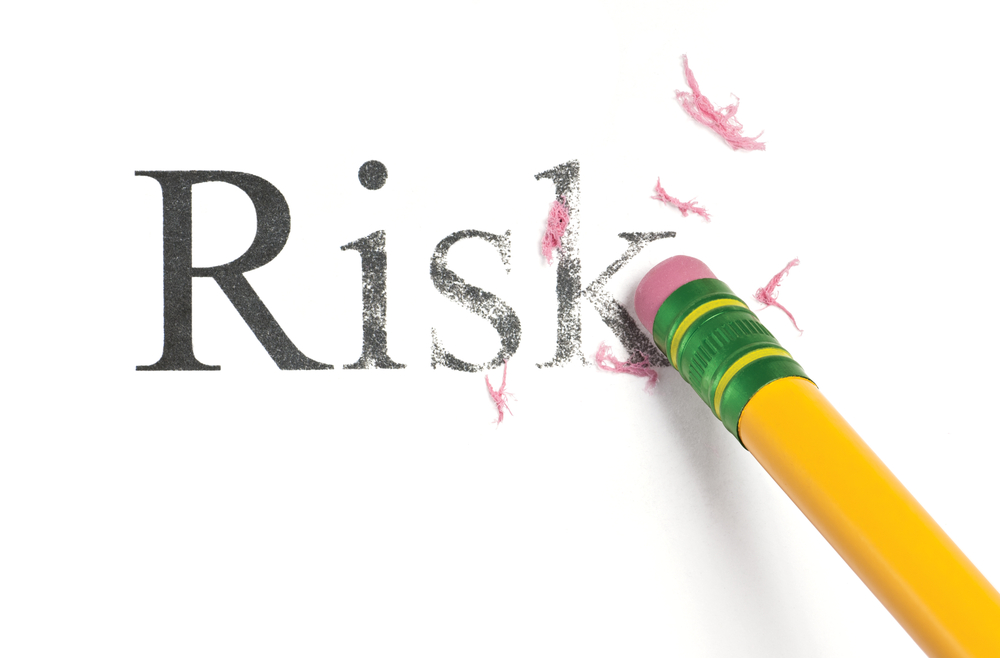Applied Risk Management Solutions Alamance Road Burlington Nc
How does the risk management system work in customs clearance?
- Details

When exercising customs control, the customs authority is often guided by the principle of selectivity, confining itself only to the fulfillment of those forms of control that are necessary to comply with customs legislation. At the same time, a risk management system is widely used, the purpose of which is to minimize the commission of illegal actions by the participants in foreign economic activity, which can cause substantial damage to the state's trade interests.
The customs authorities apply the risk management system to determine goods, vehicles of international transport, documents and persons subject to customs control, forms of customs control applied to such goods, vehicles of international transport, documents and persons, and the degree of customs control. Among the most obvious examples of the manifestation of risks can be called smuggling .
The procedure for collecting and processing information, analyzing and assessing risks, developing and implementing risk management measures is established by the legislation of the Member States of the Customs Union. In Russia, the procedure for the application of RMS (risk management system) is regulated by the Risk Management System Concept in the Customs Service of the Russian Federation approved by Order No. 1069 of the State Customs Committee of the Russian Federation of September 26, 2003 and the Instruction on the actions of officials of customs authorities when applying the risk management system approved by Order No. 750dsp of the State Customs Committee of Russia of June 28, . The foundations and principles of customs control, providing for the use of a risk management system, are enshrined in the International Convention on the Simplification and Harmonization of Customs Procedures of the World Customs Organization (Kyoto Convention).
1) ensuring, within the competence of the customs authorities, measures to protect national (state) security, human life and health, environmental protection; 2) focusing on areas of increased risk and ensuring more efficient use of available resources; 3) identification, forecasting and prevention of violations of the customs legislation of the customs union and (or) the legislation of the Member States of the customs union
The main elements of the risk management system are:Collection and processing of information on goods and vehicles transported across the customs border of the Customs Union. Collection and processing of all existing information from various sources about goods and vehicles transported across the customs border of the Customs Union.
Identify and analyze risks.
Determination of the set of conditions and factors affecting the risks; Objects of analysis; Criteria and risk parameters, etc. Development and implementation of risk management measures. Forecasting the results and determining the possible consequences of the planned measures, as well as the likelihood of these consequences. Synthesis of the results of measures taken and preparation of proposals. Control over the application of the adopted forms of customs control, analysis of their effectiveness, and adjustments if necessary. To objects of risk analysis, according to customs legislation are: 1) goods under customs control or placed under the customs procedure for release for domestic consumption; 2) vehicles of international transport; 3) information contained in foreign economic contracts (contracts) of sale or exchange, agreements or other documents for the right to own, use and (or) dispose of goods; 4) information contained in transport (transportation), commercial, customs and other documents; 5) the activities of declarants and other persons having authority with respect to goods under customs control 6) the results of the application of forms of customs control. A flexible system of risk management is the basis of modern methods of customs control, which allows to effectively control the processes of customs clearance in those areas where there is the greatest risk of their manifestation. Within the framework of the current RMS, the customs authorities widely use the list of goods falling into the "risk" and "cover" groups, under the guise of which smuggling is often imported. Customs control of such goods is mandatory. In simple terms, the customs body has many methods for determining smuggled goods, understating costs or other unlawful actions. When you submit documents, all variables have their meaning. The software, which is used at customs, can track understatement of value, too light or heavy weight. There is also the practice of "random numbers". Your cargo or goods can accidentally fall under a certain percentage of customs screening, this happens selectively and does not concern only those individuals who are in a special, "green corridor."
Applied Risk Management Solutions Alamance Road Burlington Nc
Source: https://foursidelogistic.com/en/news/178-how-does-the-risk-management-system-work-in-customs-clearance